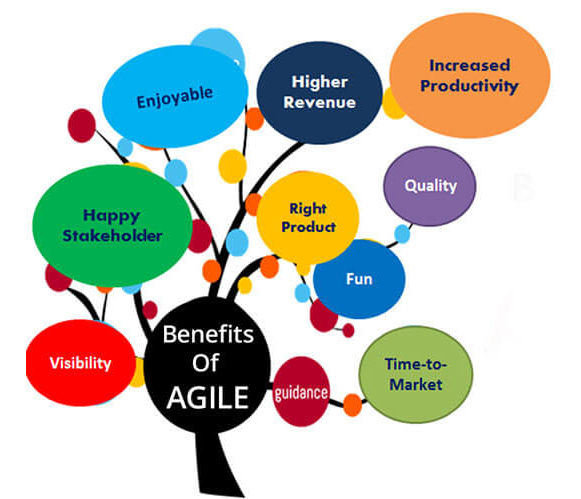Software Testing

Testing helps us to measure the quality of software in terms of the number of defects found, the tests run, and the system covered by the tests.
Testing is a process, not a separate action – a number of actions are involved here that will help achieve and ensure the quality and stability of your product. Which is a very important part for our users and customers.
We can use both dynamic testing and static testing as a means for achieving similar test objectives. Both provide information to improve both the system to be tested, and the development and testing processes.
Testing can have different goals and objectives, which often include:
- finding defects
- gaining confidence in and providing information about the level of quality
- preventing defects
Many types of review and testing activities-take place at different stages in the life cycle. These have different objectives. Early testing – such as early test design and review activities – finds defects early on when they are cheap to find and fix. Once the code is written, programmers and testers often run a set of tests so that they can identify and fix defects in the software. In this ‘development testing’ (which includes component, integration and system testing), the main objective may be to cause as many failures as possible so that defects in the software are identified and can be fixed. Following that testing, the users of the software may carry out acceptance testing to confirm that the system works as expected and to gain confidence that it has met the requirements.
Fixing the defects may not always be the test objective or the desired outcome. Sometimes we simply want to gather information and measure the software. This can take the form of attribute measures such as mean time between failures to assess reliability, or an assessment of the defect density in the software to assess and understand the risk of releasing it.
Agile Methodology
Getting your team organized around a project is often easier said than done. Fortunately, following a project management methodology can help you organize your project into a structured, streamlined process. It makes team collaboration more efficient and projects become better organized.
Project management experts agree that most projects benefit when a recognized methodology is followed.
Agile project management is an approach based on delivering requirements iteratively and incrementally throughout the project life cycle. At the core of agile is the requirement to exhibit central values and behaviors of trust, flexibility, empowerment and collaboration.

Agile project management is an approach based on delivering requirements iteratively and incrementally throughout the project life cycle. At the core of agile is the requirement to exhibit central values and behaviors of trust, flexibility, empowerment and collaboration.
Scrum Methodology
Scrum project management is a methodology for managing software delivery that comes under the broader umbrella of agile project management. It provides a lightweight process framework that embraces iterative and incremental practices,
helping organizations deliver working software more frequently. Projects progress via a series of iterations called sprints; at the end of each sprint the team produces a potentially deliverable product increment.

Fixing the defects may not always be the test objective or the desired outcome. Sometimes we simply want to gather information and measure the software. This can take the form of attribute measures such as mean time between failures to assess reliability, or an assessment of the defect density in the software to assess and understand the risk of releasing it.
Work examples
Testing Project:

